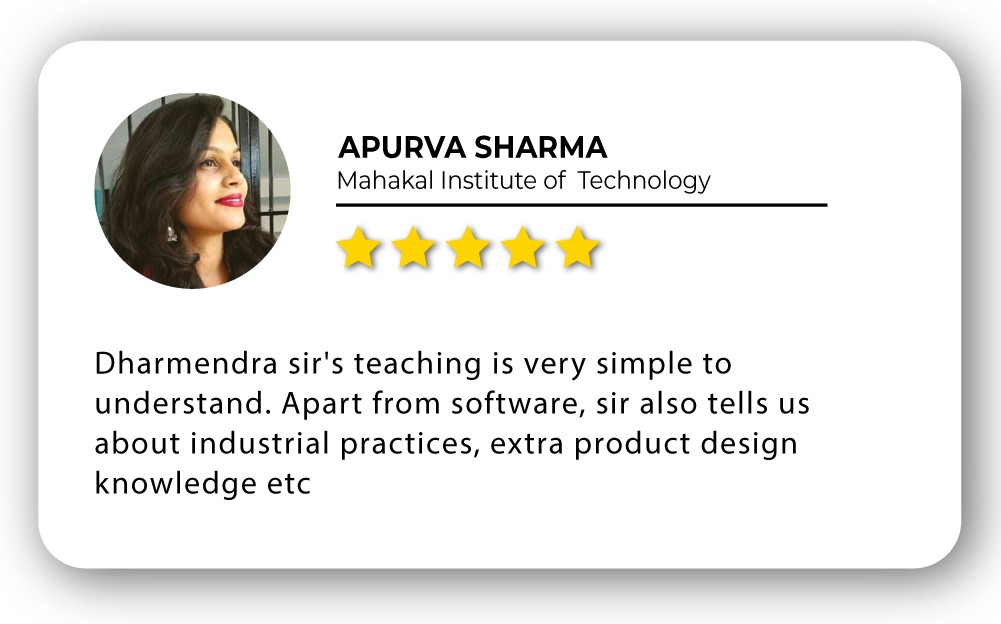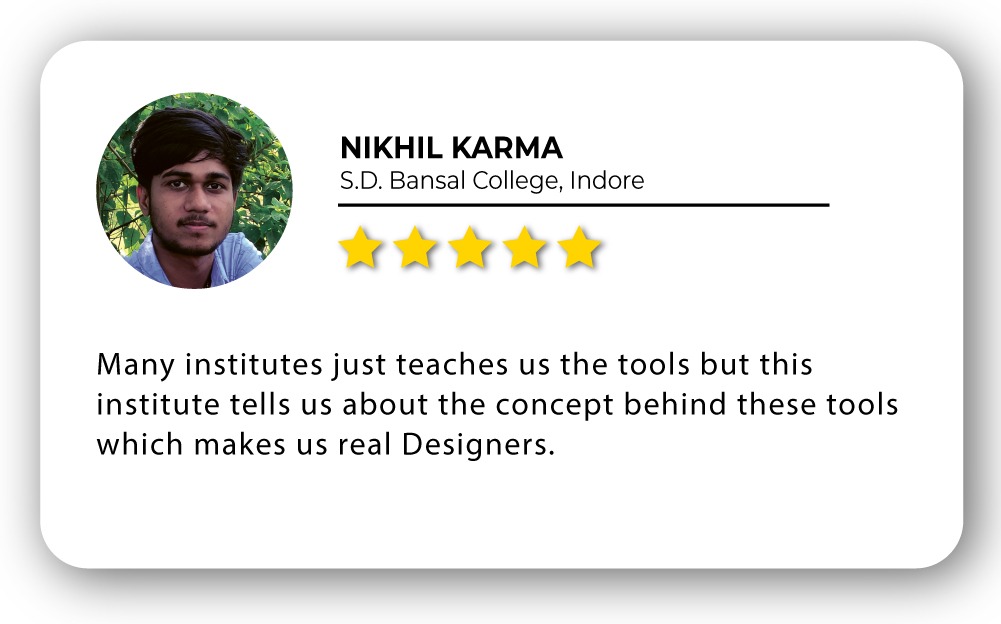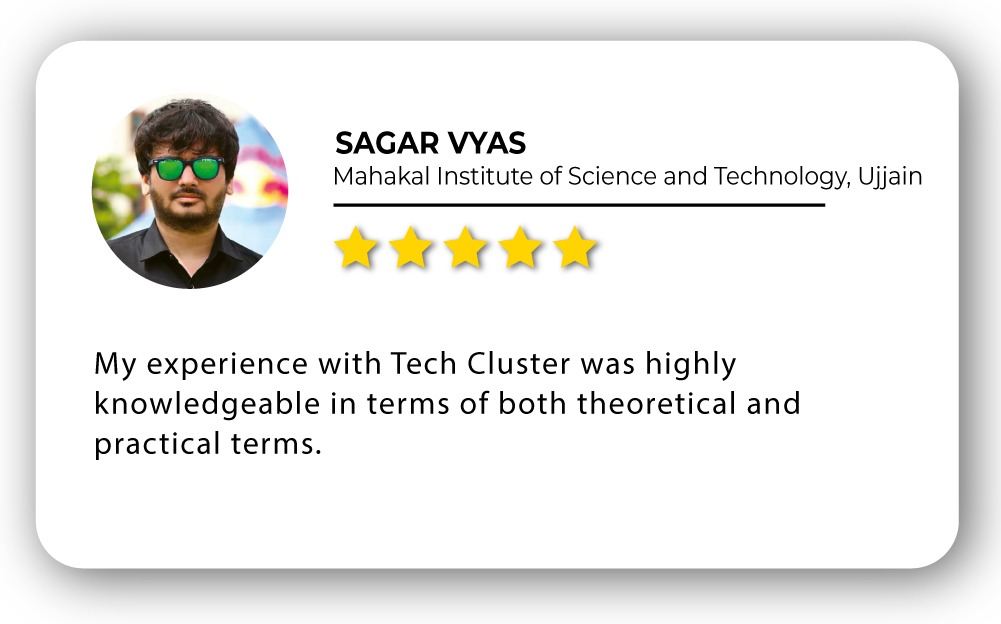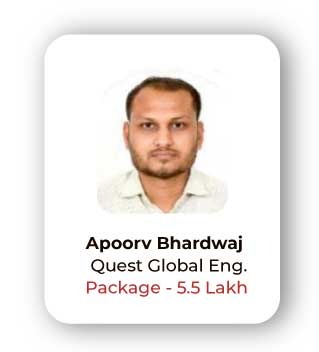
Toon Boom Harmony for Animation Training in India
- Real-Time Experts Sessions
- LIVE Project
- Certification
- Affordable Fees
- Flexibility
- Placement Support
animators and studios worldwide. It offers vector and bitmap drawing tools, advanced
rigging, frame-by-frame animation, and powerful compositing features. Studios use Toon
Boom Harmony for creating TV shows, films, commercials, and game animations.
If you want to master Toon Boom Harmony for animation, Tech Cluster in Indore offers
industry-standard training from basic to advanced levels, covering real-time projects and
100% placement assistance.
Applications
Course Highlights:
Toon Boom Harmony Foundation:
- Introduction to Toon Boom Harmony Interface & Tools
- Drawing & Painting in Vector & Bitmap
- Timeline & Layer Management
- Frame-by-Frame Animation
- Rigging & Cut-Out Animation
- Camera Movements & Scene Setup
- Special Effects & Compositing
- Exporting Animations for TV, Web, & Games
Toon Boom Harmony Advanced :
- Advanced Character Animation (Facial Expressions, Lip Sync, Body Movement)
- Inverse Kinematics (IK) for Character Rigging
- Traditional Frame-by-Frame Animation Techniques
- Animating Complex Movements & Transitions
- Creating 2D Effects (Fire, Smoke, Water, Explosions)
- Using Deformers for Smooth Animation
- Storyboarding & Animatic Creation
- Optimizing Animations for Film, TV, & Digital Platforms
Duration :
- 45 Hours Theory
- 25 Hours Practical
- 30 Hours Project work
Technical Features:
Toon Boom Harmony Foundation:
Introduction to Toon Boom Harmony & 2D Animation Basics
This introductory module is designed to help students become familiar with Toon Boom Harmony’s interface and navigation tools, building a strong foundation for 2D animation. Learners will explore the timeline, frames, and keyframes, understanding how to manage timing and create movement. The course also covers basic drawing tools and brush customization, allowing students to develop their own art style within the software. Finally, they’ll learn how to create simple motion tweens and transformations, setting the stage for animating characters and objects smoothly and efficiently.


Character Animation Fundamentals
In this module, students will dive into the fundamentals of character rigging and bone setup, learning how to build flexible rigs for smooth and efficient animation. They’ll explore techniques for animating facial expressions and lip syncing, bringing characters to life with believable emotions and synced dialogue. The course also covers walk and run cycle animation, helping learners understand rhythm, weight, and timing in motion. Additionally, students will practice animating hand gestures and full-body movements, enabling them to craft expressive, dynamic characters ready for storytelling in professional projects.


Camera Movements & Scene Composition
This module focuses on enhancing the cinematic quality of 2D animations using Toon Boom Harmony’s powerful camera tools. Students will learn to add camera panning and zoom effects, allowing them to guide the viewer’s focus and create dynamic visual storytelling. The course also introduces parallax scrolling techniques, which add depth and perspective by moving background layers at different speeds. Finally, learners will explore how to create smooth scene transitions, ensuring a professional and polished flow between animated shots.


Toon Boom Harmony Advanced
Advanced Character Animation
Animating believable characters in Maya involves mastering full-body movements and expressive facial performances. A well-executed walk cycle and run cycle demonstrate the animator’s understanding of weight, balance, and timing, which are crucial for lifelike motion. Building on this, advanced body mechanics such as jumping, pushing, lifting, or fighting add dynamic realism, showing how characters interact with physical forces and their environment. Facial animation takes storytelling further by conveying emotions through subtle movements of the eyes, brows, and mouth. Lip sync and dialogue animation integrate voice with expression, aligning mouth shapes with phonemes and adding depth to character performances. These combined techniques result in compelling, emotionally resonant animations for games, films, and cinematic scenes.


2D Effects & Special FX Animation
In this creative module, students will learn how to animate natural elements such as fire, water, smoke, and wind, adding life and atmosphere to their scenes. They’ll also explore particle effects for motion graphics and VFX, gaining skills to create dynamic visuals for both storytelling and promotional content. To enhance realism, the module includes techniques for applying lighting and shadows, helping students add depth, contrast, and dramatic effect to their animations.


Storyboarding & Pre-Production Techniques
This final module focuses on the essential pre-production and timing aspects of professional animation. Students will learn how to create animatics and story reels, which serve as visual blueprints for animated scenes. The course also covers scene planning for TV shows and films, helping learners organize shots, manage pacing, and prepare for full production. Finally, students will master timing and motion refinement, ensuring their projects are polished, well-paced, and ready for professional output across various platforms.


Optimizing Animation for Production
In the final stage of the course, students will focus on preparing their animations for various platforms, ensuring professional-quality output. They’ll learn how to optimize files for film and television production, meeting industry standards for resolution, format, and color. The module also covers file optimization for game engines and web, emphasizing lightweight formats and smooth playback. Finally, students will master the process of exporting high-quality animations in multiple formats, making their work ready for distribution across screens of all sizes and media types.
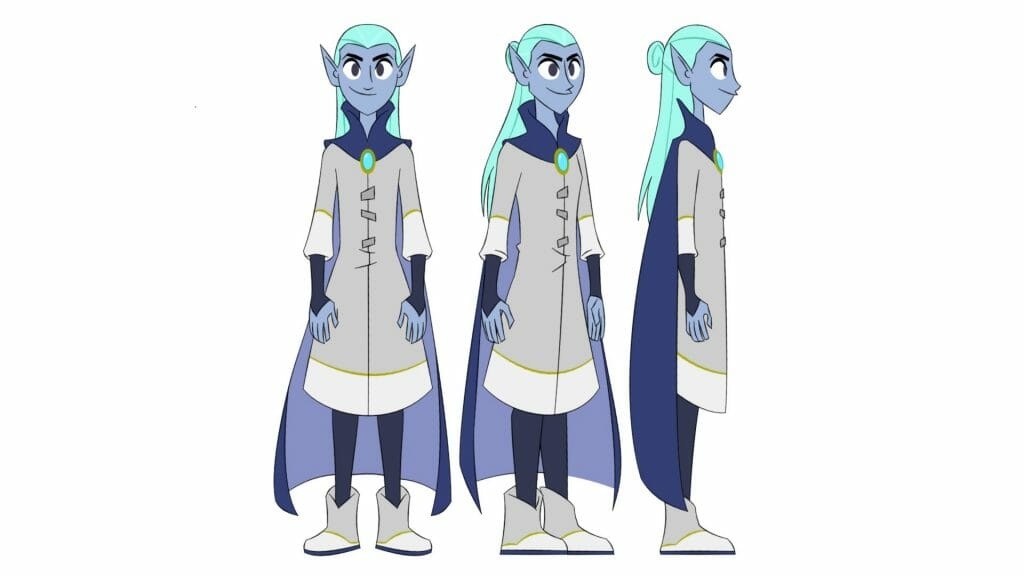
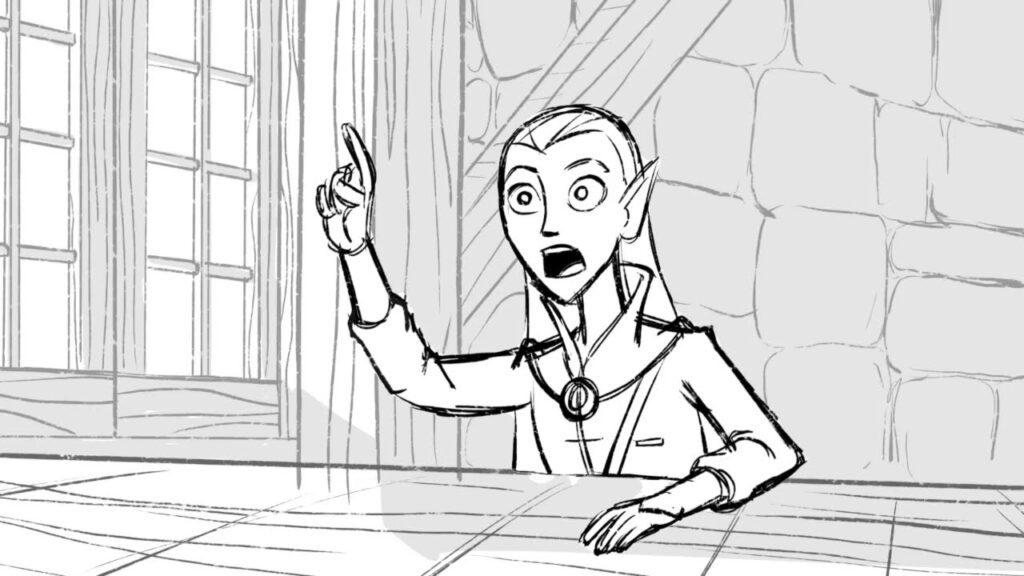
Final Project & Project Development
In this capstone module, students will apply everything they’ve learned to create a complete short animated film or commercial. They will go through the full production pipeline—animating a character for TV, web, or game, integrating expressive movement, scene transitions, and sound. The final steps include rendering and post-production, where students polish their work with visual effects, compositing, and professional finishing touches. This hands-on project helps learners build a strong portfolio piece ready for the industry.


Upcoming Batches
Certifications
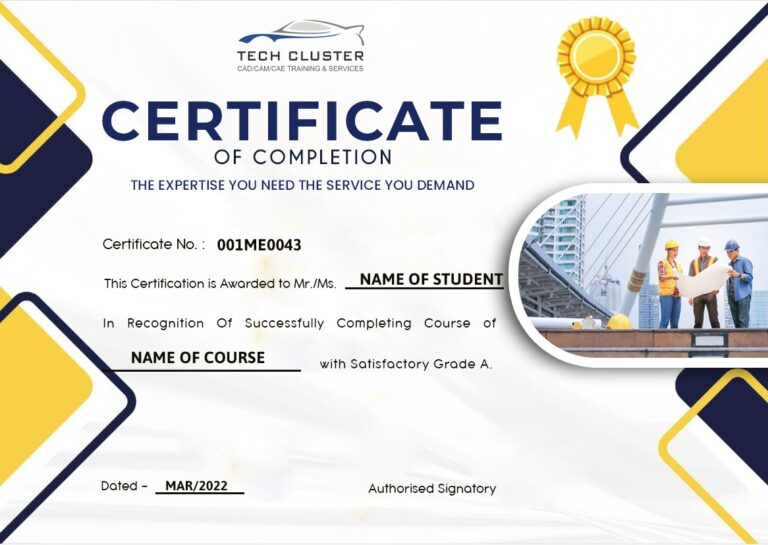
Toon Boom Harmony Certification Training
About Toon Boom Harmony Certification Training in Indore at Tech Cluster
Reviews
